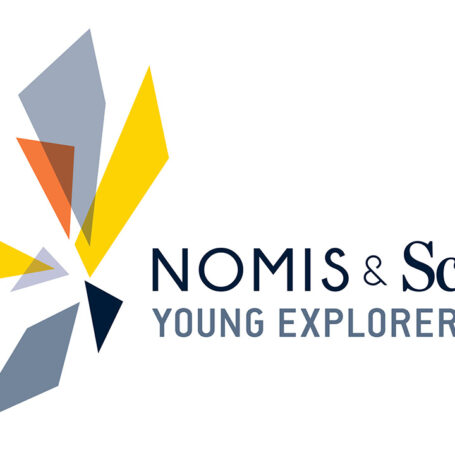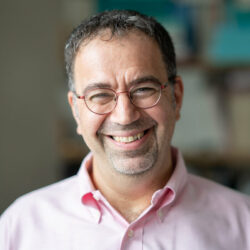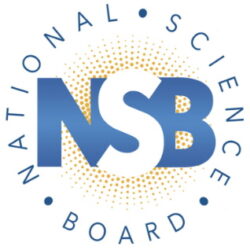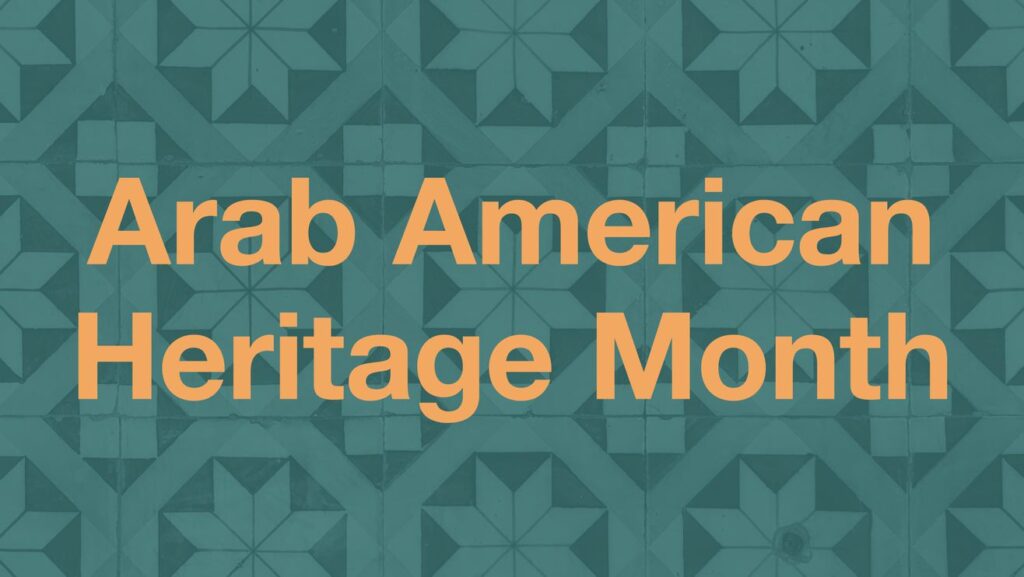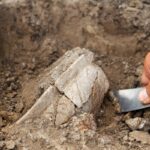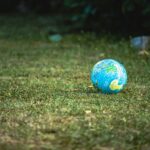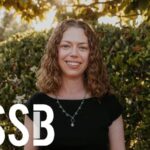Honoring High Achievements in ‘Hypsographic Demography’
How many people live at any particular elevation? The population of Denver – the “mile-high” city – is 664,000, of Zermatt at the gates to the Matterhorn, 5,800, and of Furnace Creek in Death Valley, 24. Ammunition for trivia night, to be sure, but what value could “hypsographic demography”—the study of how human populations are distributed with respect to altitude – have for taxpayers?
Go ask cancer researchers. Or the manufacturers of products ranging from corn chips to microchips. Or even mayors of coastal cities, whose constituents were meant to be among the original beneficiaries of what’s turned out to be surprisingly wide-ranging interdisciplinary research. Oh, and you could also ask the National Science Foundation, which two decades ago decided – via the University Corporation for Atmospheric Research — that it was worth spending a few precious public dollars to further study of hypsographic demography.
 Today, two of the scientists who pioneered this area of study — Joel E. Cohen, a mathematical population biologist, and Christopher Small, a geophysicist – received the third Golden Goose Award of 2015. The Golden Goose Award honors researchers whose federally funded work may have seemed odd or obscure when it was first conducted but has resulted in significant benefits to society; the award’s real goal is to make sure the source of future golden eggs isn’t throttled by politicians or bureaucrats aiming to defend research.
Today, two of the scientists who pioneered this area of study — Joel E. Cohen, a mathematical population biologist, and Christopher Small, a geophysicist – received the third Golden Goose Award of 2015. The Golden Goose Award honors researchers whose federally funded work may have seemed odd or obscure when it was first conducted but has resulted in significant benefits to society; the award’s real goal is to make sure the source of future golden eggs isn’t throttled by politicians or bureaucrats aiming to defend research.
“Federally funded science frequently results in unexpected benefits to people’s day-to-day lives, as this year’s winners demonstrate,” said Rep. Randy Hultgren, an Illinois Republican who sits on the House Committee on Science, Space and Technology and has been a supporter of the Golden Goose Award since its inception in 2012. “…. Quirky-sounding science can lead to extraordinary discoveries in our understanding of human development and improve the lives of many.”
This particular quirky-sounding science arose when Cohen, the mathematical population biologist, went to give a talk on “chaotic non-linear population models” at Columbia University. Small, the geophysicist, decided to take a break from his research at Columbia’s Lamont-Doherty Earth Observatory to sit in on this lecture about a totally unrelated field. Afterwards, Cohen and Small started chatting, and their small talk and shared interests led the pair to decide they wanted to collaborate on something. On what exactly, they weren’t sure. But something.
Over time, Small shared with Cohen details of his own (NSF-funded) work on the structure of the sea floor and his collaborators’ effort to create a digital map of the whole planet from the bottom of the Marianas Trench to the tippy top of Mount Everest.
That was a map of a ball of rock. But that ball of rock is infested with people. In 1995 the geographer and cartographer Waldo Tobler and his team had, with money from the NSF and NASA, created a global population map on a standardized grid that ignored political boundaries – in other words, that could be overlaid on the map of the ball of rock. And that’s exactly what Cohen and Small did. Their specific question was clearly pragmatic — how many people live at low elevations in coastal areas where they might be at risk due to flooding and other natural disasters? – but their impetus was pure intellectual curiosity. (Tobler’s “First Law of Geography,” by the way, is that “everything is related to everything else, but near things are more related to each other,” which is as good a way as any of celebrating Cohen and Small’s interdisciplinary desire to work together.)
Their initial research, presented in a groundbreaking 1998 paper, showed that over one-third of the world’s population lives within 300 feet of sea level, and most of those people actually live in areas with lower population density than coastal cities like New York or Los Angeles—a realization with important consequences for disaster preparedness.
But it turned out that they had hit on a particularly rich vein of unintended benefits, as they discovered while continuing their work (with funding from UCAR). In what Small calls the “biggest surprise of my scientific career,” Frito-Lay contacted them for help in determining if there was a sufficient market for their snacks at high elevations that would justify making stronger packaging.
Since then the pair have fielded inquiries about their work from a number of companies, including Proctor & Gamble, whose soaps form and mix bubbles differently at different altitudes, and Intel, whose microchips cool more or less efficiently at different altitudes.
Meanwhile, their 1998 paper debuting hypsographic demography have been cited in others’ work ranging from issues in ecology and biodiversity to modern LED lighting systems, as well as in a plethora of studies in the biomedical sciences. In fact, Cohen subsequently worked alongside cancer researchers studying a rare tumor that is more likely to form in humans living at high altitude due to mild oxygen deprivation.
“Turns out, altitude determines more about our lives than we thought,” said Rep. Jim Cooper, a Democrat from Tennessee who had the original idea to create the Golden Goose Award. “If not for two curious scientists and federal funding, we might have missed key discoveries in manufacturing, medicine and more. We never know what the next breakthrough will be, but continued investment in research will help us get there.”
Cohen and Small will be honored, along with the two other teams of researchers at the fourth annual Golden Goose Award Ceremony at the Library of Congress on September 17.
***
This report includes material drawn from the Golden Goose Award organization.



